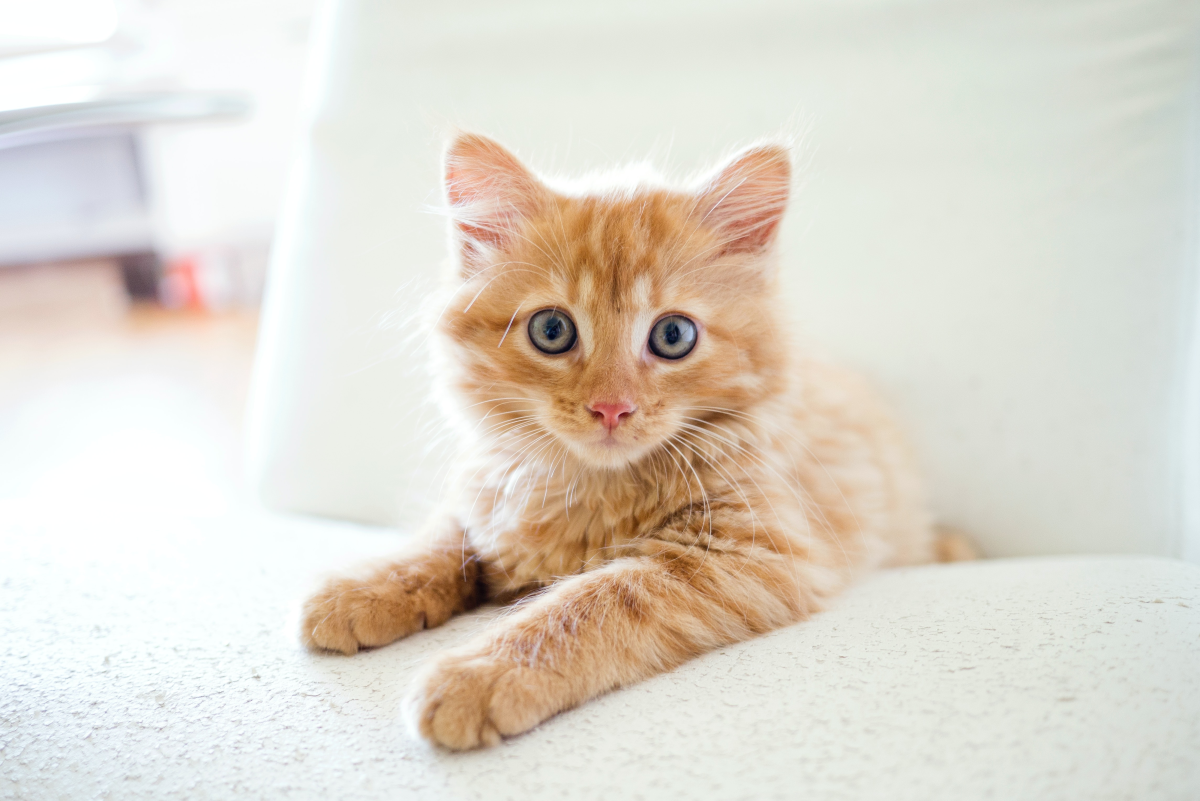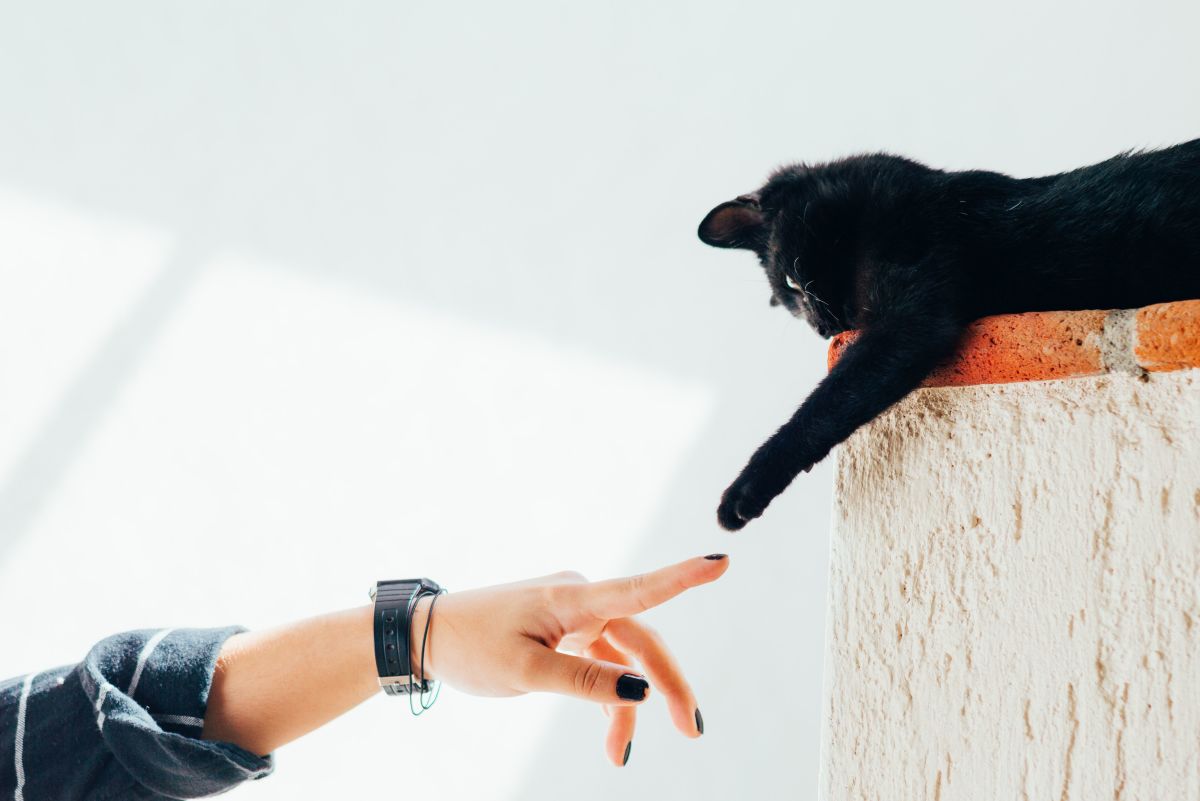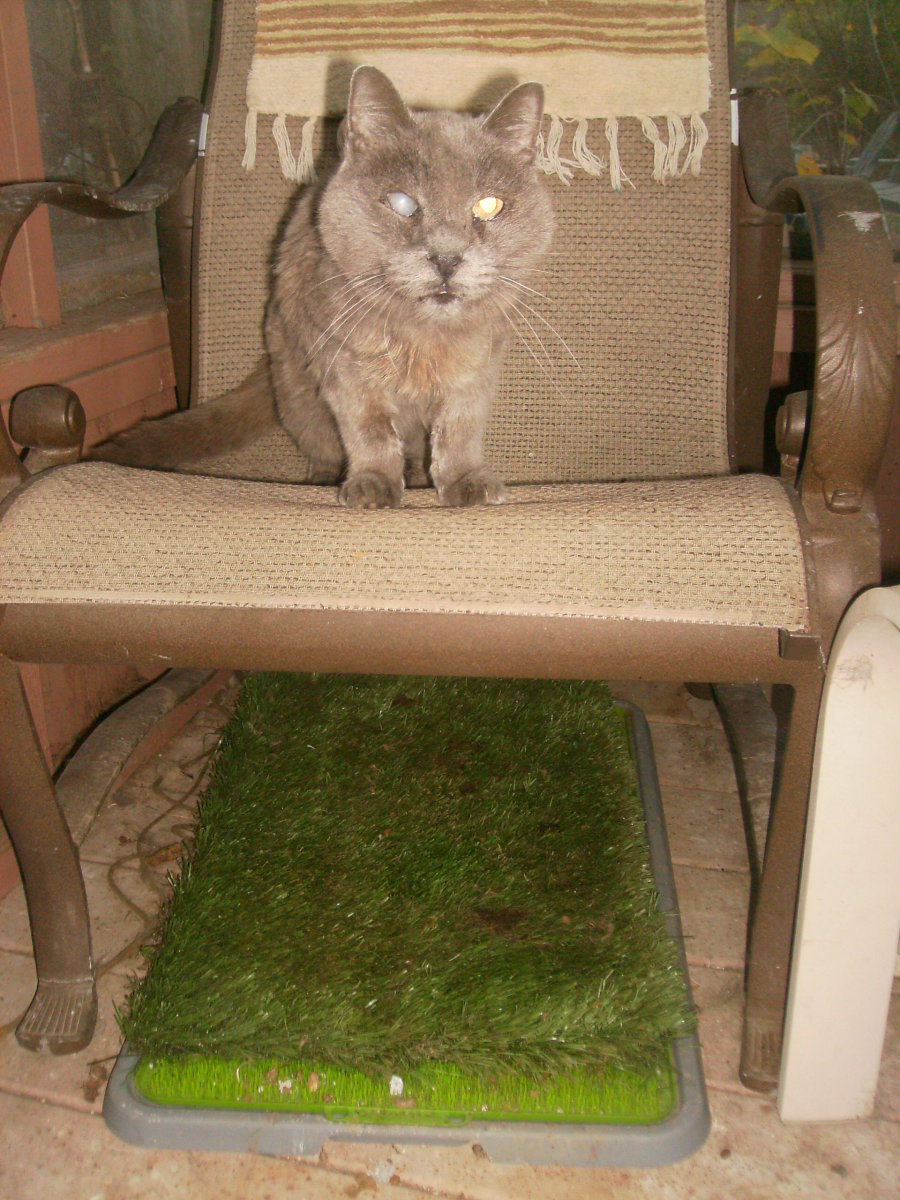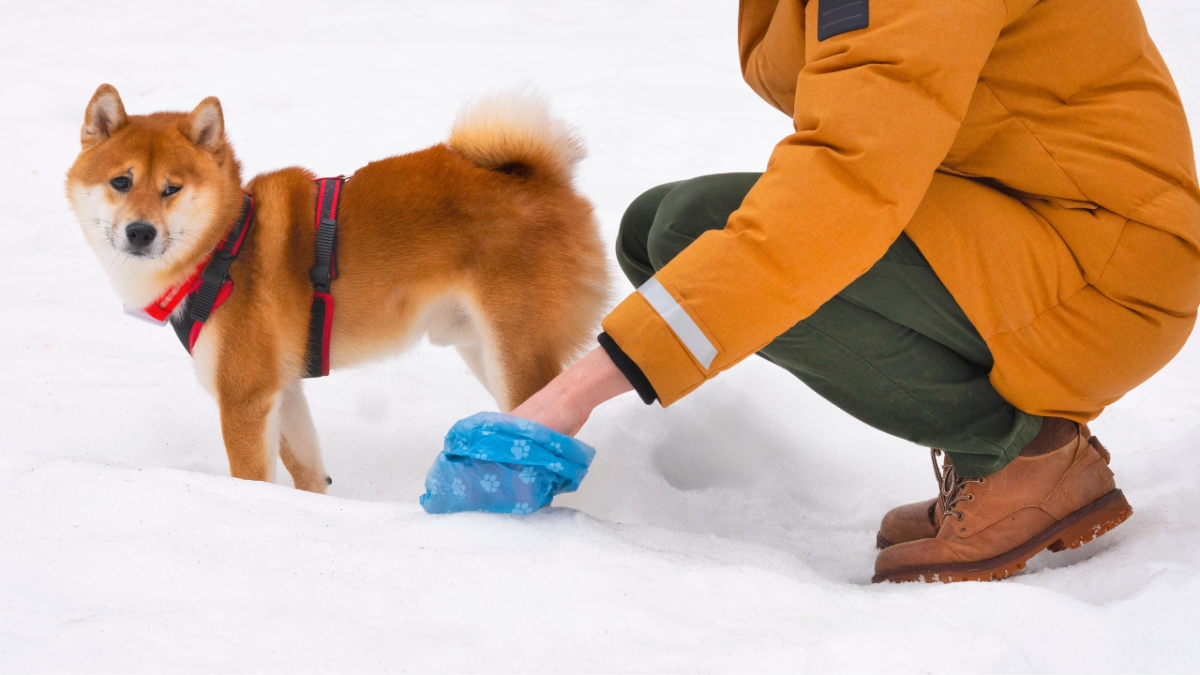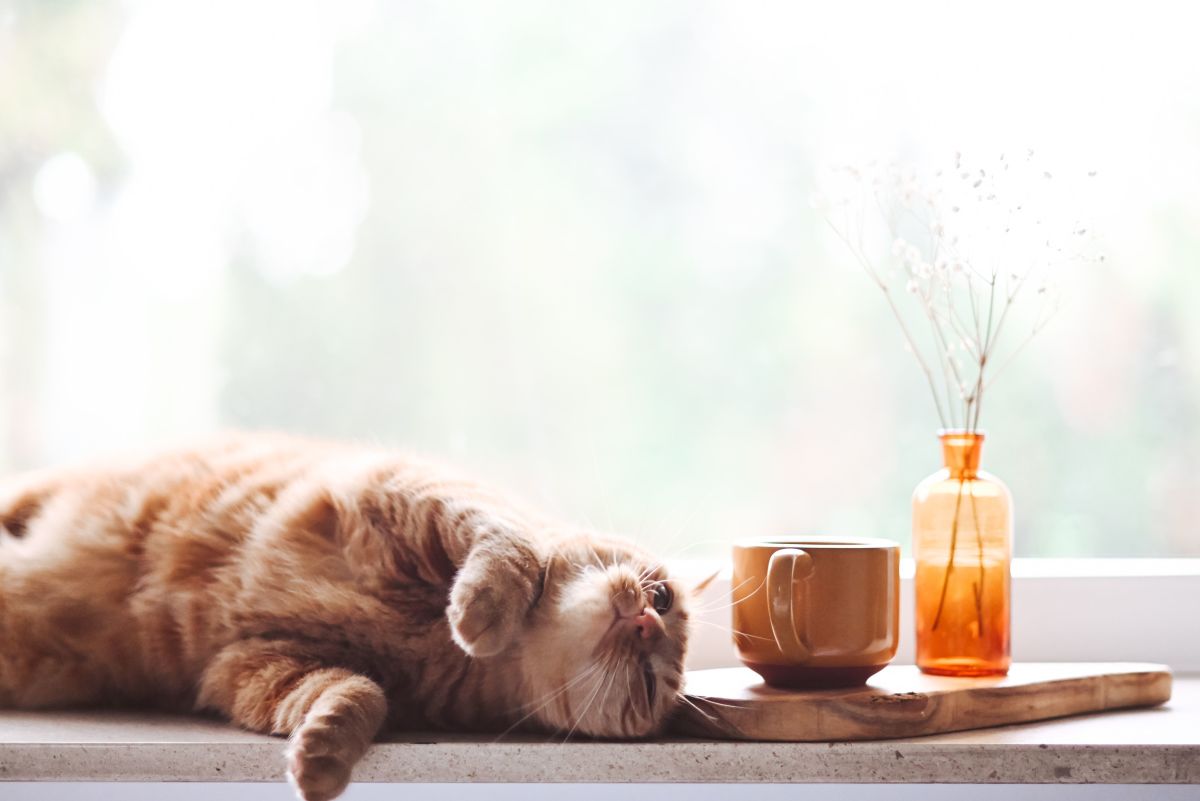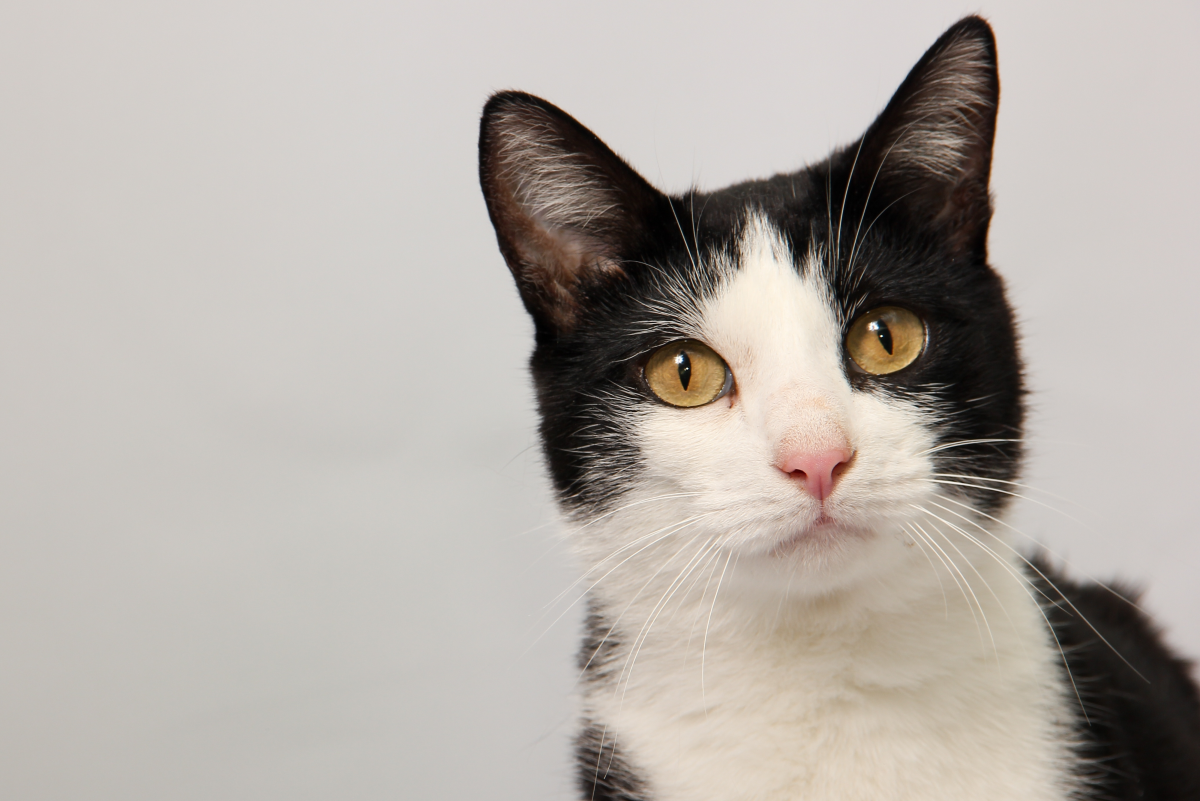How to train that stubborn cat! (stop accidents around the house!)
My cat was about 5 years old when she started - suddenly - using the litter box less frequently. All of a sudden, we couldn't get her to use it at all, and she would go in various places around the house. Online research showed that we weren't the only ones with this problem, but there wasn't a good collection of information out there to help stop the problem. This guide will show you steps to solve your problem ranging from easy fixes to more drastic actions. The best piece of advice is catching your cat in the act and stopping the behavior before it gets out of control will keep you from resorting to the most drastic measures.
The first thing you need to do is assess the severity of your problem. Rule out health reasons before you try any preventative strategies. Think about how many accidents your cat is having and where they are. The more accidents your cat is having as well as the more areas the cat has accidents in will mean that you may have to try more severe approaches. The following options go in order of severity and should be tried in order - you don't want to spend more time or money on a solution that might be more severe than what your cat reacts to!
- Clean all spots with an appropriate spot cleaner. This is very vital to the training process, but is misunderstood by many people. Animals communicate via marking their territory, therefore it is necessary to use a cleaner formulated for pet stains. These contain enzymes that will break down the odors of the stain, leaving an area that won't attract animals. I recommend using Nature's Miracle stain and odor remover - it works VERY well.
- Set up a good litter box environment. After cleaning stains, you want to make sure your cat has a good location to go to. If you recently moved your litter box, used a different type of litter or had any major changes in your household, it can cause a cat to stop using the litter box. Many people put a litter box in a laundry room where appliances can scare cats. They need a quiet location that isn't a high traffic area of your house. If you change your litter, you need to make sure to place some of the cat feces in the new litter so that your cat will further understand that it is still to be used as a litter box. Some cats have sensitivities to certain litters, so buying different kinds can bring out sensitivities that were previously unknown.
- Have the appropriate number of boxes. The best rule is to have one more litter box than the number of cats you own. The minimum is to keep a litter box for each cat. They may use one more than the other, but they need plenty of areas to go. While cats do enjoy company, they are more solitary than other animals - meaning that they often need their own place to do private things, such as going to the bathroom.
- Preventing repeat accidents from becoming habit. Your cat doesn't use the litter box thinking "this is the bathroom box, can't go anywhere else!" - he/she has been conditioned to go in that spot. It's that area and environment that they know as safe to use as a restroom. Therefore, if your cat starts using a different area, they begin to process that area as another possible restroom. Most of the time this will happen because there aren't enough litter boxes, but once it happens that area becomes "bathroom". Cleaning the area thoroughly will help, but if they have been conditioned you have to deter them from using that area. You can feed them in that area, which should help since animals usually will not go to the bathroom. Another solution is to place a deterrent over or around the area to keep the cat from returning. "No Go" or boundary sprays have scents that deter cats from entering areas that have been sprayed, but an easier method is to place sheets of aluminum foil over the area. MOST cats do not like the touch or sound of aluminum foil (my cat is not one of those cats) and will not touch it or anything that it covers.

Severe Cases
Those steps should work fro most cats - it takes patience and may cause you to go a little out of your way, but the problem should be fixed within a couple of weeks. There are other cats which might require a little more - crating or confining your cat - something you can't really find information about! I did this with my cat, and she has not had a single accident since. The key is that you have to be patient and willing to take on the extra responsibilities of caring for and watching over your cat. Some basic rules to follow -
- Make sure to buy a large dog crate that is big enough to fit a litter box, have room for food and water while still having space for your cat to lay down. An alternative to this would be to use a bathroom or small room that is not used at all or frequently.
- This is NOT a permanent condition, and should be used only as a training mechanism when all others fail.
- If your cat isn't social, you should purchase a harness and leash as well to insure that your cat remains in your sight when he/she is outside of their enclosure.
The idea is that in a small enough space, your cat will be forced to use ONLY his/her litter box. Keep your cat enclosed when you are not able to pay attention to him/her, and when they are out make sure that you are watching them the whole time. We started with 10-15 minutes of freedom at a time, and worked our way up. If your cat meows for attention don't reward it by letting it out - wait until he/she is quiet before rewarding them with freedom. If you see your cat squat make a loud noise and put him/her back into the cage. Over the space of about two weeks you will see that your cat uses only the litter box. Eventually you will be able to leave the door open and your cat should be free, but still using his/her litter box in that area. Essentially, you are forcing your animal to use only one spot again, re-training them.
Why do they do it? - I can't tell you, and in many cases it doesn't matter. There are many reasons why a cat will start using other areas - some of which have already been mentioned - but these re-training methods should work for most cats regardless to the problem since they are addressing many of the situations that will cause them to go elsewhere.


